 |
| Mr. Nguyen Anh Tuan, Deputy Director of An Farm Melon Cooperative, checks product quality before the melons are packed and shipped to Ho Chi Minh City. |
Growing jute and chili for export
In Chau Pha commune, one of the major vegetable growing areas of Phu My city, we met Mr. Nguyen Viet Tu, a farmer with nearly 10 years of experience growing vegetables.
Chau Pha Agricultural Production and Service Cooperative, directed by Mr. Tu, has linked up with nearly 60 farming households in the area. With a cultivation area of about 45 hectares, this cooperative specializes in producing and supplying leafy vegetables, tubers, and fresh fruits to the Co.op supermarket chain, Bach Hoa Xanh, some safe vegetable stores, school kitchens, and industrial parks.
In the past two years, the cooperative has cooperated with enterprises to grow new varieties such as jute, betel leaves, chili, white basil, perilla, coriander, Vietnamese balm, etc. to export to the EU market, with an output of about 2 tons/week. This is also one of the few cooperatives exporting leafy vegetables, bringing good profits to member households.
“When I first started producing according to VietGAP standards, I encountered many difficulties in changing traditional farming habits. However, thanks to the support from the authorities, I gradually became familiar with safe production processes from planting, processing, to exporting agricultural products. The cooperative switched to green production methods to protect the environment and human health,” Tu shared.
The cooperative has invested more than 2 billion VND to build a nursery and a 6-in-1 seed sowing machine, which significantly reduces labor in the production process. According to Mr. Tu, farmers think that they have to meet VietGAP and GlobalGAP standards to qualify for export, but in reality, they only need to test product samples for residues of pesticides and restricted substances to qualify for export. Many types of vegetables and leaves that are the cooperative's export strengths are easy to care for, have few pests and diseases, and only need a layer of organic fertilizer before planting, and be careful in selecting seeds.
| There are currently 372 high-tech crop production facilities in the province, with an area of 5,168.4 hectares (including fruit trees, pepper, vegetables, melons, cocoa, etc.), with an estimated output of 98,406 tons/year supplied to the market. The proportion of crop product value produced under cooperation and association forms reaches 28.02%, an increase of more than 2% compared to 2023. |
Economic and environmental benefits
In Tan Hoa hamlet, Long Tan commune (Long Dat district), 2 greenhouses on an area of about 4,000m2 of farmer Phan Thanh Hung are harvesting plump, golden melons. This is one of 4 melon growing areas (Suoi Rao, Da Bac communes - Chau Duc district; Long Tan, Phuoc Long Tho communes - Long Dat district) of An Farm Melon Cooperative, applying the production process according to VietGAP standards, helping to increase the value of agricultural products and open up a sustainable direction for farmers.
According to Mr. Nguyen Anh Tuan, Deputy Director of An Farm Melon Cooperative, VietGAP not only requires farmers to comply with safe production processes but also to fully record information about the cultivation process, from land preparation, seeds, to the use of fertilizers and pesticides. This helps farmers better control product quality and create trust for consumers.
“Previously, I only sold melons through traders, but when VietGAP certification was issued, the selling price increased by 20-30%, and the products were brought to supermarket chains and Bach Hoa Xanh in provinces and cities. Consumers are increasingly concerned about their health, and they are willing to pay more for safe products,” Mr. Tuan added.
Not only does VietGAP bring economic benefits, it also contributes to environmental protection. Limiting the use of toxic chemicals and applying sustainable farming methods helps improve soil and water quality, protecting the surrounding ecosystem.
Despite many successes, the application of VietGAP still faces many challenges. Many cooperatives and farmers are still concerned about the initial investment costs and the inspection and certification process. According to Ms. Nguyen Thi Loan, Vice President of the Provincial Cooperative Union, the collective economic sector with the core of cooperatives and cooperative groups has had positive changes from changing awareness, thinking to practical actions, increasingly developing in scale, quantity, diversifying industries and products, better meeting the needs of the domestic and export markets.
“The Cooperative Alliance is making efforts to promote and connect markets to help cooperatives and farmers better understand the benefits of VietGAP. Financial support policies and registration costs for VietGAP and GlobalGAP certification also need to be considered, in order to help cooperatives and farmers feel secure in investing in production. Departments, sectors and localities need to grasp the reality, advise on perfecting mechanisms and policies, and allocate synchronous resources to promote the development of the collective economic sector. Only when everyone joins hands can we build a sustainable agriculture, where safe and quality products will be the top criteria in the hearts of consumers,” said Ms. Loan.
Article and photos: DINH HUNG-DUONG TRAM
Source: https://baobariavungtau.com.vn/kinh-te/202504/tang-gia-tri-nong-san-qua-tieu-chuan-vietgap-1040173/






![[Photo] Prime Minister Pham Minh Chinh chairs conference on anti-smuggling, trade fraud, and counterfeit goods](https://vphoto.vietnam.vn/thumb/1200x675/vietnam/resource/IMAGE/2025/5/14/6cd67667e99e4248b7d4f587fd21e37c)



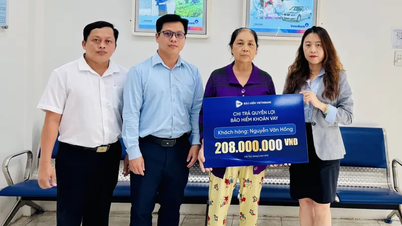

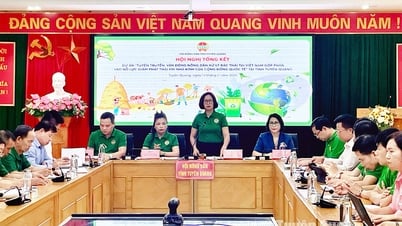
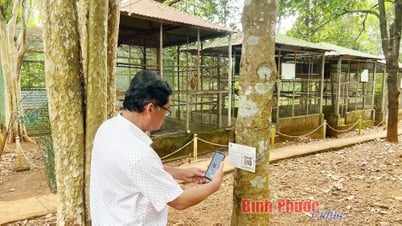




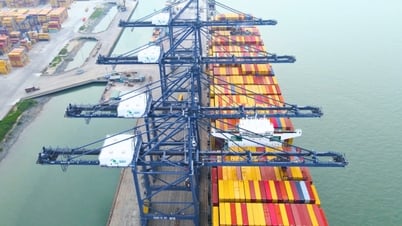
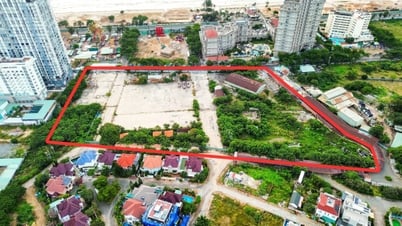
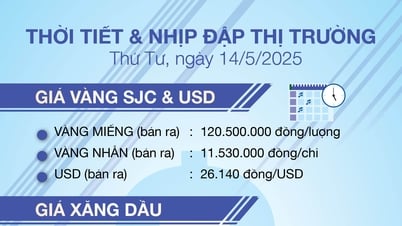
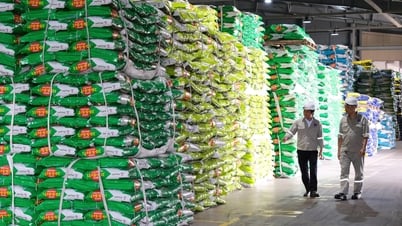
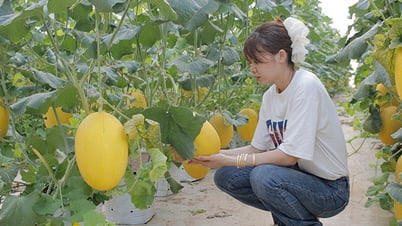









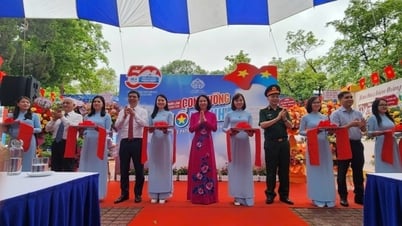









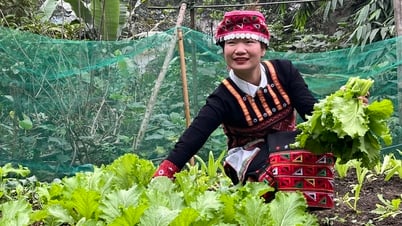

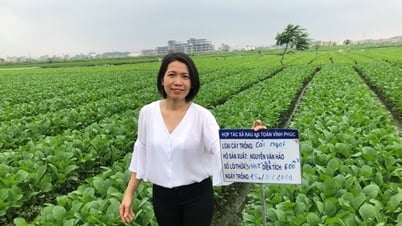

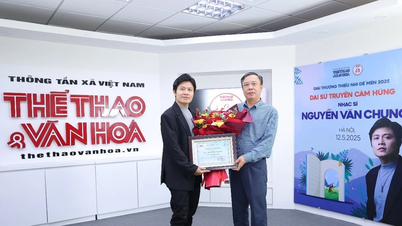




















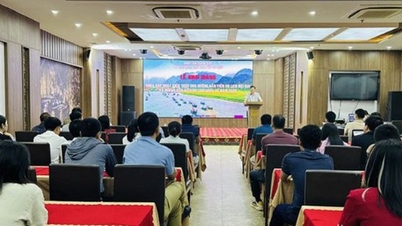



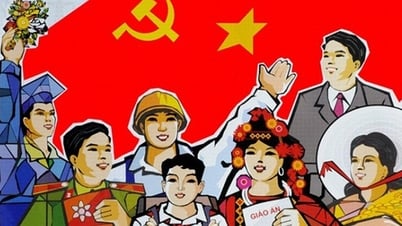



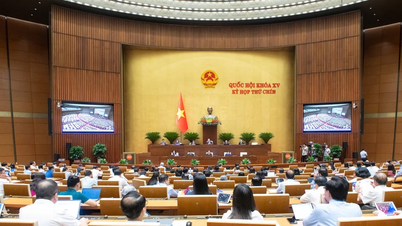







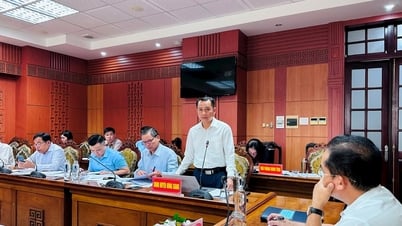








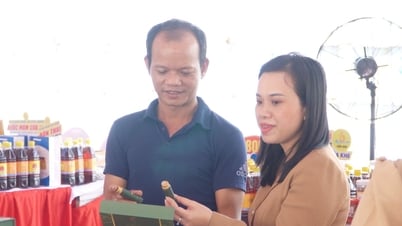
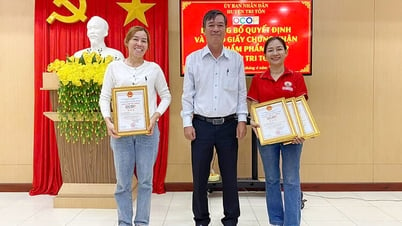
Comment (0)